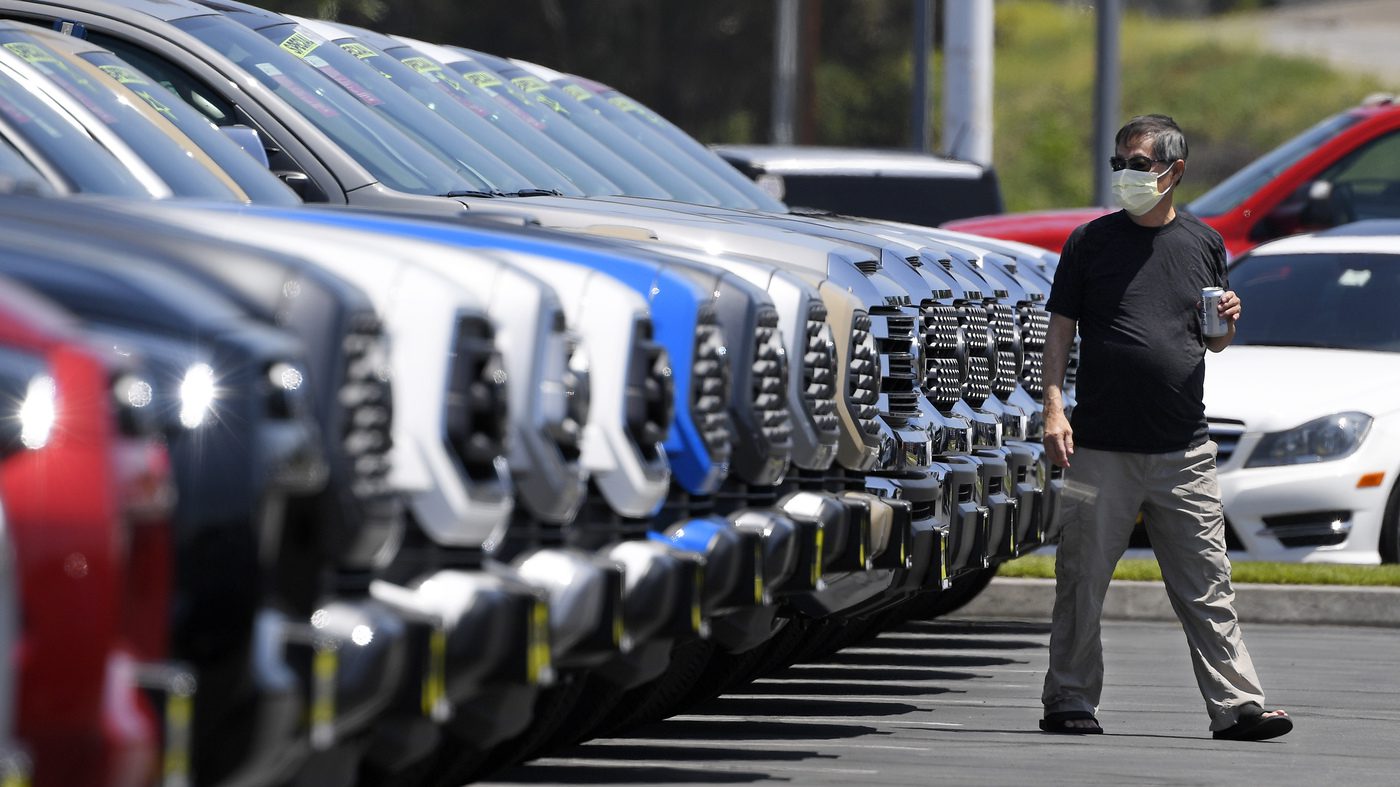If you had the occasion to drive anywhere during the March, April, or May this spring, it would’ve been a remarkable difference in traffic volume compared to pre-pandemic traffic. The Federal Highway Administration keeps track of the traffic volume trends in a monthly report for the U.S. Department of Transportation and noted that April experienced a decrease in roadway movement by 39.8 percent. In the early pandemic response during March, volumes were down by 18.6 percent, and it’s expected that the May report will show similar traffic volume trends nationwide to the April figures.
All told, that equates to more than 100 billion vehicle miles less per month, year over year. That’s spread across virtually all demographics with every car maker represented and vehicles of all ages. Stated simply, every car’s mileage is lower than average due to the pandemic.
Mileage Mitigates Depreciation…Usually
In a typical vehicle ownership scenario, keeping the odometer reading lower keeps its resale value higher. Carfax indicates that by keeping mileage under 10,000 miles per year can reduce vehicle depreciation a little.
However, that’s the typical scenario. What’s extremely hard to predict is how depreciation is affected when the whole industry has adjusted at the same rate.
Why It Matters
During the pandemic recovery, there will be lease returns and trade-ins that need to be appraised as the auto industry ramps up to normal levels. These vehicles that are coming back to the dealership used to be a solid profit center. The process involved reconditioning good used vehicles and retailing them on the used car lot while less desirable models were sent through the auction block where a tidy profit could also be turned.
Valuations are more fluid with the economic recovery efforts. Nailing down an accurate valuation for a trade-in may be tougher than usual. Condition still remains the overriding factor for a valuation, but mileage on newer models, especially those that are near the warranty expiration range, could detract from the buying process for a customer.
Should a buyer expect that their low-mileage car is worth more than they’re offered by the dealer, the disappointment in the valuation could trigger a ‘second opinion’, allowing another dealer to steal the sale by offering slightly more on the trade.
Discover the Motives
Of course, valuing trades conservatively is smart business. That ensures every deal remains profitable, but if the focus is incorrect, it can cost the store deals. During the wants and needs assessment, the salesperson should be tasked with discovering what motivates the customer’s purchasing decision. Do they want a certain value for their trade, or are they looking for the best deal on their purchase?
By discovering the motive, the deal can be structured to hit on the buyer’s motive. For those interested in the highest trade value, use the profit in the customer’s vehicle choice to boost the trade’s value. It’s a common tool, but more important to nail down now than before.
Focus on Relationship
Retaining profitability always comes down to building a relationship with the buyer. When there’s more between the salesperson and the customer than just crunching numbers, the deal is more achievable.
In today’s world, everyone understands that things aren’t the way they used to be. By showing with facts that everyone’s cars have lower mileage due to the pandemic and that their mileage is now average, not below average, it can be enough to temper the buyer’s expectations.
Did you enjoy this article from Jason Unrau? Read other articles from him here.
Car Biz Today, the official resource of the retail automotive industry.


While you’re here, don’t forget to subscribe to our email newsletter for all the latest auto industry news from CBT News.








